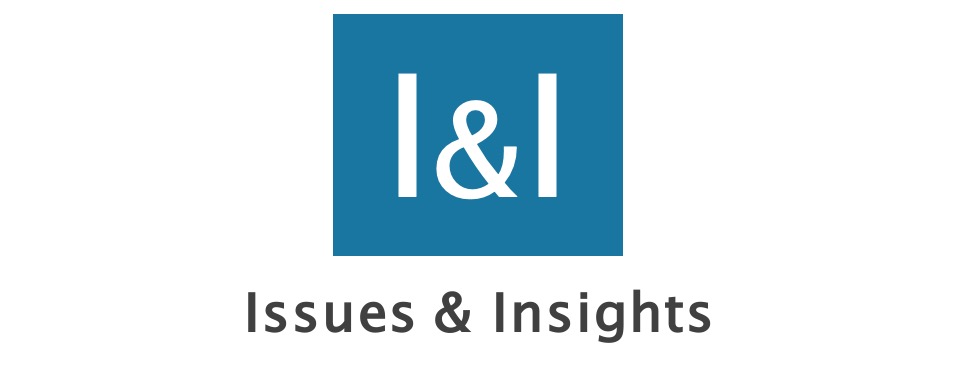Inflation has taken off, an unwelcome whiff of the 1970s. But why is it happening now? Here’s why: The supply chain was designed for a U.S. economy growing at 2% per year, which was the 10-year prior average growth rate. In 2021 U.S. real economic growth is expected to be near 6%, according to Blue Chip Economic Indicators. It’s basic economics: When aggregate demand exceeds aggregate supply, the price level rises to clear the market.
Even kids running a lemonade stand understand that prices need to rise to clear the market when demand for their drinks exceeds supply. But that concept appears to be a conundrum for U.S. policy makers. Federal Reserve officials and administration economists seem to think it’s a supply-chain issue.
There is no reason to think that a supply chain should be built to meet a one-year economic growth of near 6% which will likely never be repeated. The Federal Reserve and Congress both created this excess aggregate demand situation.
Fed leaders have poured over $4 trillion into the U.S. economy since February 2020. Congress has been busy shoveling over $5 trillion dollars out the U.S. Treasury door to nearly all households and many businesses since the March 2020 shutdown.
The result is a hot U.S. economy, and the out-of-control Fed continues their QE purchases of $120 billion of securities each month into an already pricey equity market amid widespread inflation pressures.
Apparently “woke” Fed leaders think a faster rate of inflation will draw more lower-skilled people into the labor force. That nonsensical concept was pushed into the ditch in the 1960s and 1970s. Fed Chair Jerome Powell may be remembered as the Arthur Burns of this century.
Producer price inflation is already on a rampage at over 8% for the 12 months that ended in August and the CPI inflation is now 5.3% for the same 12-month time frame. Inflation runs far ahead of wage and salary growth, shrinking the purchasing power of workers.
U.S. savers have liquid deposits totaling nearly $13 trillion, which earn next to nothing in depository institutions. This $13 trillion is in addition to demand deposits at banks. The purchasing power of those deposits declines rapidly thanks to the inflationary policies of the Federal Reserve and the Biden administration.
The Biden team can’t wait to open the floodgates of the U.S. Treasury even wider with an over one-trillion-dollar infrastructure plan followed by a massive $3.5 trillion cradle-to-grave entitlement program. It appears President Biden, Congress and the Fed want high inflation to debase the value of the $27 trillion outstanding Federal debt. That inflationary policy also destroys the purchasing power of U.S. workers and savers.
The one trillion-dollar stimulus program follows President Obama’s famous $800 billion shovel-ready stimulus program of 2009. The results are in for Obama’s boondoggle. No effect on the longer-term economic growth rate. A waste of taxpayer money.
The 2021 over one-trillion-dollar infrastructure plan will in all probability end the same way as Obama’s shovel-ready stimulus, with no positive effect on the longer-term economic growth rate. We know this from the 2009 experience and from infrastructure projects in other developed economies, notably Japan.
Members of political bodies have good intentions and hope that results will be positive, but experience tells us it will have no measurable impact on longer term growth. Perhaps if Congress turned the over trillion-dollar-plus stimulus package into block grants to states on a per-capita basis, taxpayers might experience some local benefits. Otherwise, this package will be another boondoggle, just like its Obama predecessor.
Mike Cosgrove, principal at Econoclast, a Dallas-based capital markets firm, is a professor at the University of Dallas.





 Using these vague “policy violations,” Google is now threatening to demonetize us. It’s part of Big Tech’s effort to silence conservative voices.
Using these vague “policy violations,” Google is now threatening to demonetize us. It’s part of Big Tech’s effort to silence conservative voices.